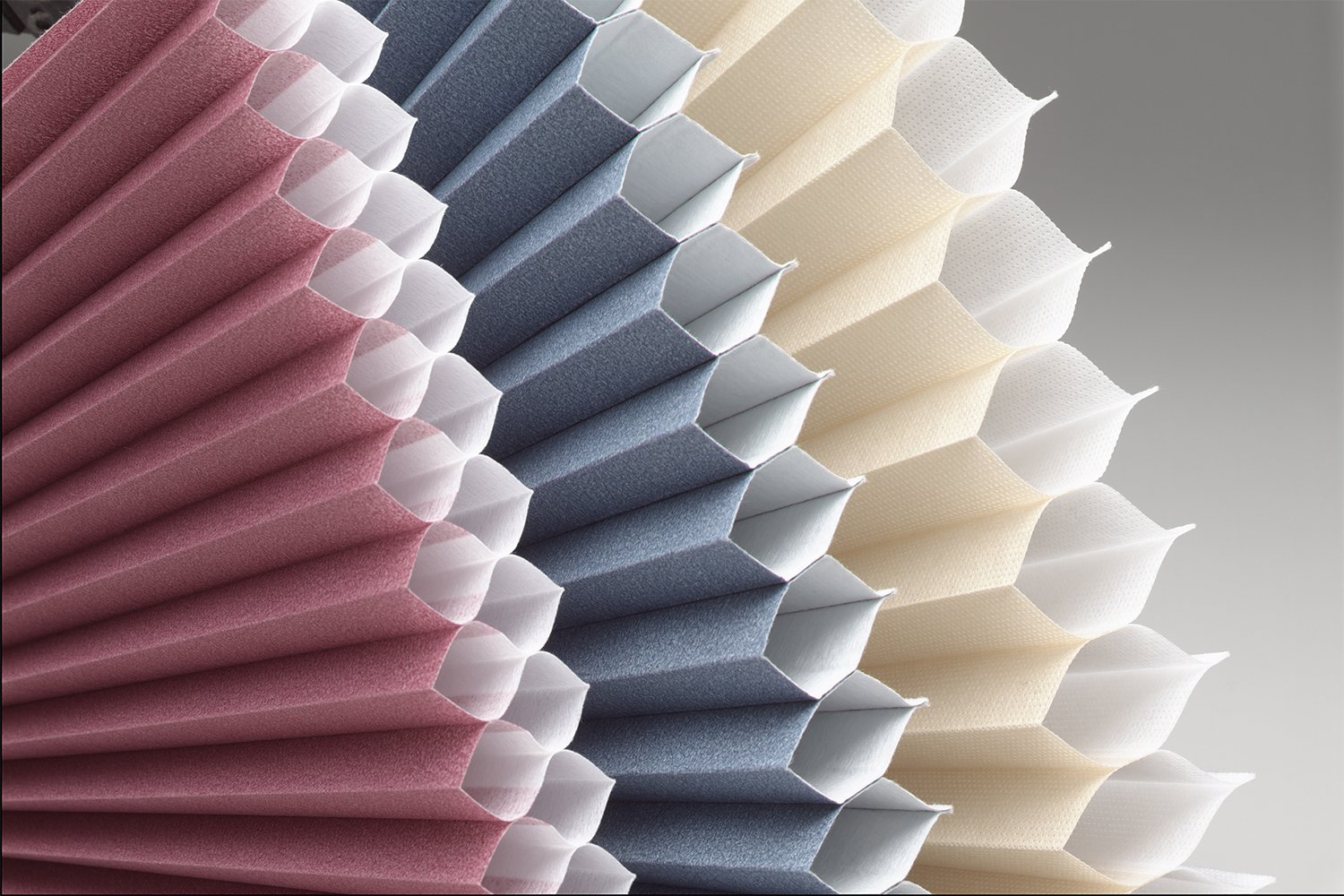Let’s Talk Energy Savings or What’s a Pirate’s Favorite Letter?
Let’s take some time to talk about ways you can save on your heating bills, keep your rooms at a more consistent temperature, and even score a tax credit!
Most customers install shades, blinds, and shutters as a way to provide privacy, texture, and beauty to a room. They often miss the very important benefit of energy efficiency and temperature regulation.
If you’re like me, you are likely choking a little when you open the utility bill these days. Like everything, prices are increasing and there is no end in sight. Unless you have really new windows with triple panes, chances are your windows are the single biggest form of heat loss in your home. If you put your hand up to the glass and it’s cold, it means some heat loss is happening. Also, after a few years, those air tight seals might be loosening up as well. So what’s a homeowner to do?
What’s a pirate’s favorite letter? ARRRR…R factors describe the insulating potential of any product that is meant to provide some energy savings. Shades and blinds have R factors and some products are better than others.
What is an R value and how do you evaluate it?
A chart of R-Values and their efficiency.
An R value tells the capacity of an insulating material to resist heat flow. The higher the R-value, the greater the insulating power. In general, shades and blinds have R factors of between 7 and 2. Certain window products are better than others at resisting heat flow. In doing a lot of reading, the numbers provided by the experts are all over the place in terms of absolute values. One consistent finding is that there is one product in particular which is the hands down winner in terms of insulating properties.
Which Product is best?
An example of a singular and double cellular shade.
Consistently, cellular shades provide the best R values. This is due to the honeycomb shape (or cells). These cells trap air and don’t allow it to enter the room. Cellular shades with a double cell structure are the most effective and have a high R factor of around 5. If the shade is mounted inside the window frame, there will always be a bit of a gap on either side of the shade so it moves freely. That gap can allow some amount of air to flow into the room.
To combat this, there are tracks which sit in front of the shade and block that small amount of air. This increases the efficiency or R factor to about 7. This is where we debate form over function as many homeowners don’t like the looks of a track installed on the window frame.
Another idea to boost your efficiency is to hang drapery on either side of the window. If installed properly, the drapery will block the flow of air as well. I personally love the look of a cellular shade and drapery. The shade does its thing by keeping the breezes out and the drapery contains what might not be caught by the cell. Plus, the drapery are pretty-you only need a single panel on each side to get the insulating properties you want. That means we have form and function. A win-win in my book.
Other products
An example of a roller shade.
Other products will provide insulation too. Popular choices are roller and solar shades, wooden blinds, natural woven blinds, and shutters. These will all block heat or cold transmission to some degree. They generally come in as a 2-4 compared to the cellular shades 5. They all have varying R factors but none are as high as that of the cellular shade. However, they still insulate.
Benefits
So, if you want your room to be toasty in the winter and cool in the summer, it might be time to pay attention to what’s happening around your windows. Today’s window coverings offer beautiful fabrics, don’t take up a lot of space in the window, and help keep your home’s temperature comfortable. Although it can be hard to quantify heat or cooling savings, it stands to reason that if your room is kept to an optimal temperature more easily, your HVAC system won’t need to work as hard. And really, don’t we all want comfort and convenience in our lives?





